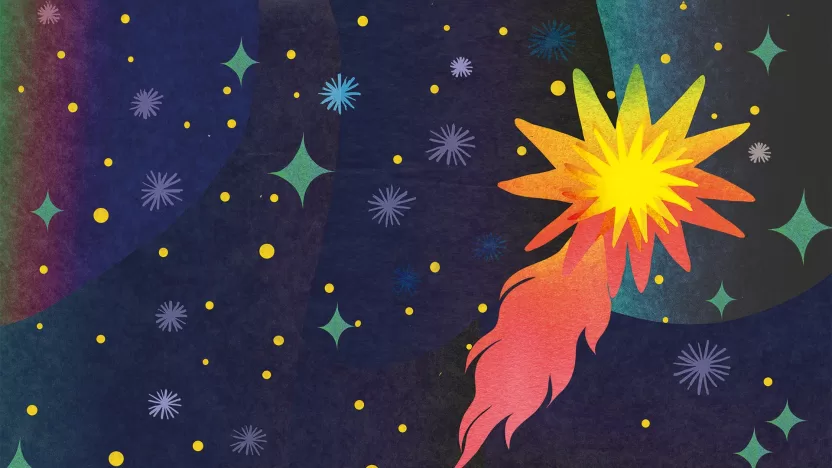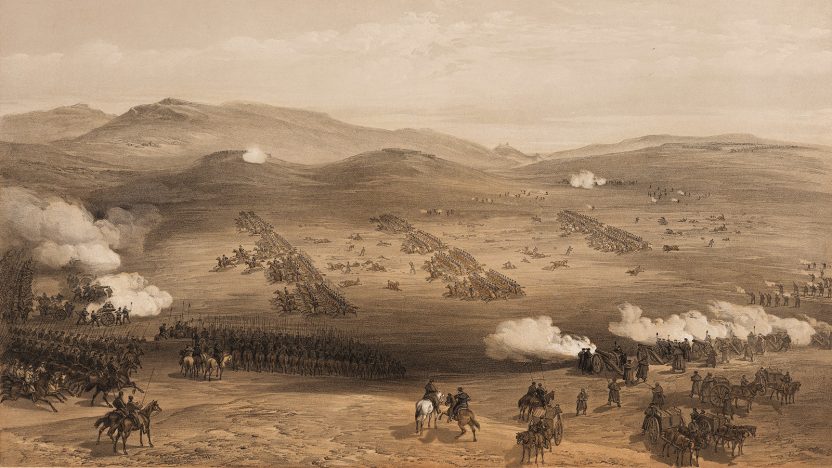Once upon a time, there was boredom
How today’s crises of identity, overstimulation, disenchantment, and anxieties have annihilated the feeling of boredom, complicating our relationship to contemporary desire
by Marina Silvello

Priscilla Du Preez / Unsplash
The Japanese conceptual artist On Kawara spent almost fifty years of his life painting dates on canvases. Beginning the series in 1968, he painted a single canvas every day until his death in 2014. Each painting simply depicted the date he painted it in stark, uniform lettering against a solid background. Other works by the acclaimed artist include photocopies of local maps on which he recorded his daily movements, daily telegrams and postcards sent to friends and family, lists of people he spoke to, and so on.
By portraying his day-to-day activities and routines in a manner that could be defined as almost existential, Kawara focused on exploring a personal and historical understanding of time, and pursued the theme of boredom as it relates to a subject’s experiential lack of meaning in modern life.
Origin of the phenomenon
As a form of aesthetic resistance, boredom has been used by contemporary artists to trigger anger, mind-wandering creativity, and personal revelation. However, the awareness of this uniquely human condition can be traced way back to ancient Rome and what Romans called taedium vitae. Boredom is a universal feature of the human condition. It is a master of disguise that, through specific living contexts and the ever-changing aspects of human experience, has taken on the most diverse forms over the centuries and was commonly experienced even before the advent of modernity.
Boredom is undoubtedly linked to what early desert monks called acedia, the sinful laziness they sought to avoid by not falling asleep during the day. In a way, it can also be connected to what the German Renaissance painter Albrecht Dürer famously called Melencolia in his 1514 engraving of the same name. In this work, a gloomy, winged female figure seems to be awaiting inspiration but fears that it will not come. Not surprisingly, in Freud’s terminology, melancholy was later described as a form of grief without a definite object of loss, or in other words, a form of desire for something we don’t yet know. Indeed, it wasn’t until the advent of modernity, around the nineteenth century, that boredom began to be represented as we know it. Rapid urbanization and increased labor gradually led to feelings of dislocation, loss of meaning, alienation, and futility among the middle and working classes. The German philosopher Walter Benjamin described it as an outbreak of boredom on an epidemic scale. Factory work quickly became the economic infrastructure of the ideological boredom of the upper classes. This ennui, or spleen as the decadent French poet Baudelaire called it, was used to describe the nineteenth-century Parisian urban scenarios where joy and despair coexisted and was used as a catalyst for poetry and art.

Illustration by Francesca Ragazzi
Boredom in contemporary times
There is no doubt that contemporary boredom has nothing to do with natural biology. Rather, it’s due to how our built-in rhythms are disrupted by the imposition of the schematism of clock time that we’ve adopted over the centuries. Unsurprisingly, according to the secular ideal of individual existence as a process of continuous growth and improvement — which is consistent with the modern understanding of history as progress — human life is considered a series of intrinsically meaningless, empty moments that must be organized into meaningful activities aimed at continuous personal development. Unlike other regimes of reflection in which disruptions of desire took on significantly different spiritual and philosophical implications, contemporary boredom has become an intangible emergency in a neoliberal world where attention itself has become a commodity. Mark Fisher goes a step further in his short essay No One is Bored, Everything is Boring by suggesting that capitalism has effectively solved the problem of boredom by turning it into a perhaps greater problem: anxiety. While the repetitiveness of factory work led to boredom, the constant stimulation of a capitalist environment doesn’t let the brain rest. It is said that our nervous systems are so overstimulated by this constant flow of low-level stimuli that we no longer have the luxury of feeling bored. However, while promising to elude, evade, and eliminate boredom, this abundance of stimuli is also deeply intertwined with practices that intensify boredom and repurpose its threat, thus contributing to its deployment in contemporary consumer culture.
In essence, contemporary society’s overstimulated environment has left us feeling lost and overwhelmed, robbing us of our ability to desire. The promise of constant stimulation to avoid boredom has come at the expense of our ability to pursue genuine interests and passions. We’re trapped in a cycle of perpetual novelty-seeking and endless consumption without ever feeling truly satisfied. We may not be bored anymore, yet everything around us feels boring.
Boredom: the desire for desires
Despite its usually negative connotations, boredom can be a kind of incubator for embryonic ideas. Because of its reflective nature, boredom is actually a possibility that leaves room for new possibilities or, as the Russian writer Leo Tolstoy brilliantly described it, “a desire for desires.”
By embracing boredom as a reflective state that allows new possibilities to arise, we can challenge the predefined meanings of life given to us by mass culture and transform it into “a threshold for great deeds” — as Walter Benjamin aptly described it — that is, transpose it into an aesthetic experience with the potential for critical and redemptive action. Although the idea seems to stem from a romantic interpretation of boredom as a moment of contemplation or, as mentioned above, an aesthetic occurrence, social neuroscientists have found that boredom can actually foster creativity. We should let ourselves be bored from time to time since it is critical to our mental health. In such moments, which may seem boring, empty, and unnecessary, a sense of nothingness often triggers a vision or a solution that has been there all along in some germinal form and that can finally spring to life. The excellent book Come annoiarsi meglio, a futurological essay and practical guide, by the brilliant journalist and maize contributor Pietro Minto, explores this idea and invites us to reclaim the control of our minds and our time.
Disrupting and propelling, constraining yet simultaneously catalyzing and liberating, boredom may be the elusive key to accessing the only long-lost “stimulus,” the only one that truly drives us to live in the present and in the future: DESIRE.


